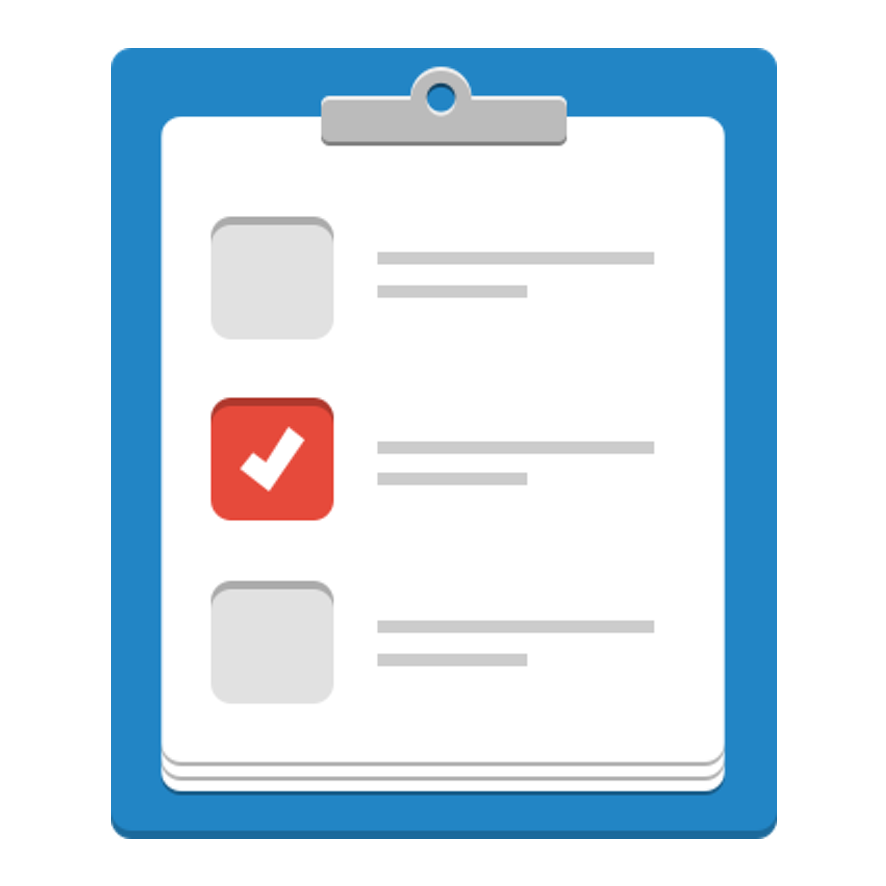TrainingMaterial DRAFT Profile
Version: 0.7-DRAFT-2019_11_08 (08 November 2019)
A specification for describing training materials in life sciences.
If you spot any errors or omissions with this type, please file an issue in our GitHub.
Key to specification table
- Green properties/types are proposed by Bioschemas, or indicate proposed changes by Bioschemas to Schema.org
- Red properties/types exist in the core of Schema.org
- Blue properties/types exist in the pending area of Schema.org
- Black properties/types are reused from external vocabularies/ontologies
CD = Cardinality
| Property | Expected Type | Description | CD | Controlled Vocabulary | Example |
|---|---|---|---|---|---|
| Marginality: Minimum. | |||||
| @context | URL | Used to provide the context (namespaces) for the JSON-LD file. Not needed in other serialisations. |
ONE | ||
| @type | Text | Schema.org/Bioschemas class for the resource declared using JSON-LD syntax. For other serialisations please use the appropriate mechanism. While it is permissible to provide multiple types, it is preferred to use a single type. |
MANY | Schema.org, Bioschemas | |
| @id | IRI | Used to distinguish the resource being described in JSON-LD. For other serialisations use the appropriate approach. | ONE | ||
| dct:conformsTo | IRI | Used to state the Bioschemas profile that the markup relates to. The versioned URL of the profile must be used. Note that we use a CURIE in the table here but the full URL for Dublin Core terms must be used in the markup (http://purl.org/dc/terms/conformsTo), see example. |
ONE | Bioschemas profile versioned URL | |
| description |
Text |
Schema: A description of the item. |
ONE | ||
| keywords |
Text |
Schema: Keywords or tags used to describe this content. Multiple entries in a keywords list are typically delimited by commas. |
ONE | ||
| name |
Text |
Schema: The name of the item. |
ONE | ||
| Marginality: Recommended. | |||||
| about |
Thing |
Schema: The subject matter of the content. Bioschemas: The subject of this Training Material. Use the DefinedTerm type to add a controlled vocabulary term to describe the topic (such as from the EDAM ontology) |
MANY | ||
| abstract |
Text |
Schema: A brief overview of the item. |
ONE | ||
| audience |
Audience |
Schema: An intended audience, i.e. a group for whom something was created. Supersedes serviceAudience. Bioschemas: A succinct description of the intended target audience for your materials: e.g., graduates, postgraduates, clinicians. |
MANY | ||
| author |
Organization Person |
Schema: The author of this content or rating. Please note that author is special in that HTML 5 provides a special mechanism for indicating authorship via the rel tag. That is equivalent to this and may be used interchangeably. Bioschemas: Those involved in the preparation, creation and/or presentation of the published work, specifically creating the original version. |
MANY | ||
| identifier |
PropertyValue Text URL |
Schema: The identifier property represents any kind of identifier for any kind of Thing, such as ISBNs, GTIN codes, UUIDs etc. Schema.org provides dedicated properties for representing many of these, either as textual strings or as URL (URI) links. See background notes for more details. Bioschemas: An identifier for this Training Material, such as a DOI or compact URI |
MANY | ||
| inLanguage |
Language Text |
Schema: The language of the content or performance or used in an action. Please use one of the language codes from the IETF BCP 47 standard. See also availableLanguage. Supersedes language. Bioschemas: Defaults to English if not specified. Please choose a value from IETF BCP 47 standard. You can add multiple languages if the Training Material offers different translations |
MANY | ||
| learningOutcome |
Text |
Schema: Statements that describe what knowledge, skills or abilities students should acquire on completion of this Training Material |
MANY | It is recommended that you utilize terms from Blooms taxonomy |
|
| learningResourceType |
Text |
Schema: The predominant type or kind characterizing the learning resource. For example, ‘presentation’, ‘handout’. Bioschemas: This may also include things such as video lecture, e-Learning module, or tutorial. |
MANY | ||
| license |
CreativeWork URL |
Schema: A license document that applies to this content, typically indicated by URL. Bioschemas: If there is a licence it must be added. |
MANY | ||
| mentions |
Thing |
Schema: Indicates that the CreativeWork contains a reference to, but is not necessarily about a concept. Bioschemas: Data-sets, tools, technologies, entities, other training materials in the series, etc., to which this Training Material makes reference. See ‘uses’ for resources that are actively utilised in this training material. |
MANY | ||
| skillLevel |
Text |
Schema: The target skill level in the topic being taught. Examples of skill levels include ‘beginner’, ‘intermediate’ or ‘advanced’. |
ONE |
|
|
| timeRequired |
Duration |
Schema: Approximate or typical time it takes to work with or through this learning resource for the typical intended target audience, e.g. ‘P30M’, ‘P1H25M’. Bioschemas: Please specify in ISO 8601 duration format. |
ONE | ||
| url |
URL |
Schema: URL of the item. Bioschemas: The preferred URL of the Training Material. You must provide this value if it is known. |
ONE | ||
| uses |
Thing |
Schema: Lists datasets, tools, technologies, or other entities used. Bioschemas: Data-sets, tools, technologies, entities, etc. that are actively utilised in this Training Material. |
MANY | ||
| Marginality: Optional. | |||||
| accessibilitySummary |
Text |
Schema: A human-readable summary of specific accessibility features or deficiencies, consistent with the other accessibility metadata but expressing subtleties such as “short descriptions are present but long descriptions will be needed for non-visual users” or “short descriptions are present and no long descriptions are needed.” |
ONE | ||
| contributor |
Organization Person |
Schema: A secondary contributor to the CreativeWork or Event. Bioschemas: Contributors are those who made non-authorship contributions: e.g., critical review, commentary or revision. |
MANY | ||
| dateCreated |
Date DateTime |
Schema: The date on which the CreativeWork was created or the item was added to a DataFeed. |
ONE | ||
| dateModified |
Date DateTime |
Schema: The date on which the CreativeWork was most recently modified or when the item’s entry was modified within a DataFeed. |
ONE | ||
| datePublished |
Date |
Schema: Date of first broadcast/publication. |
ONE | ||
| featuredInEvent |
Event Course |
Schema: The course instance or event where this training material was or will be featured. Inverse of workFeatured. Bioschemas: Use isPartOf to refer to a Course, unless this Training Material is unique to a specific Course Instance. |
MANY | ||
| hasPart |
CreativeWork Trip |
Schema: Event Bioschemas: A sub-Training Material or externally referenced Training Material. |
MANY | ||
| isPartOf |
CreativeWork |
Schema: Indicates a CreativeWork that this CreativeWork is (in some sense) part of. Inverse property: hasPart. Bioschemas: The Course in which this Training Material was/will be used, or the Training Material of which this Training Material is a part (e.g., the Training Material could be a chapter that isPartOf a book, or a slide-set that isPartOf a course). If this varies in CourseInstances, use the featuredIn property |
MANY | ||
| status |
Text |
Schema: The status of a training material. If this is not filled in it will be regarded as Active. Options are Active, Under development, and Archived. |
ONE |
|
|
| translatedInto |
Thing |
Schema: The language of the content or performance or used in an action. Please use one of the language codes from the IETF BCP 47 standard. See also availableLanguage. Supersedes language. |
MANY | ||
| version |
Number Text |
Schema: The version of the CreativeWork embodied by a specified resource. Bioschemas: If this Training Material is versioned, it is strongly recommended that you use this property to indicate its version name or number. |
ONE | ||






